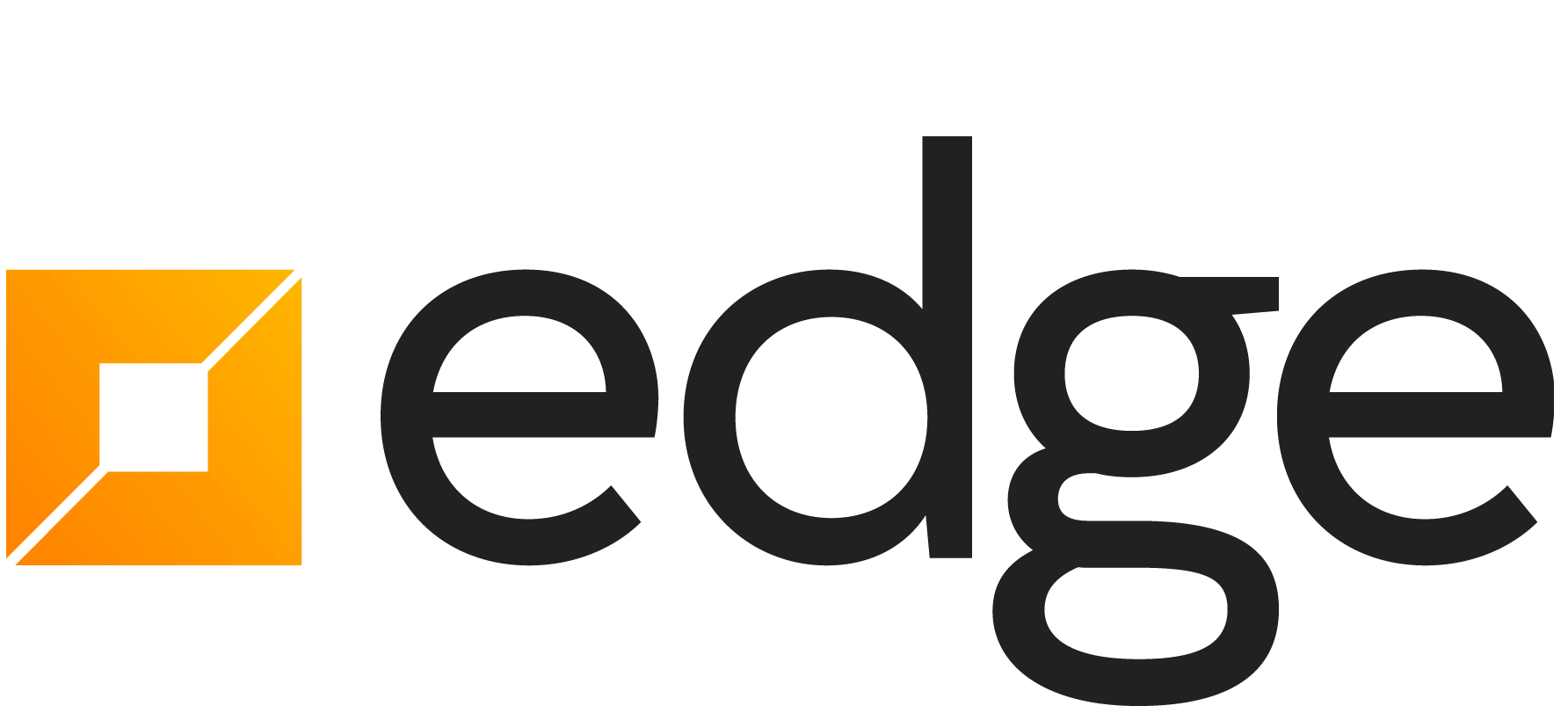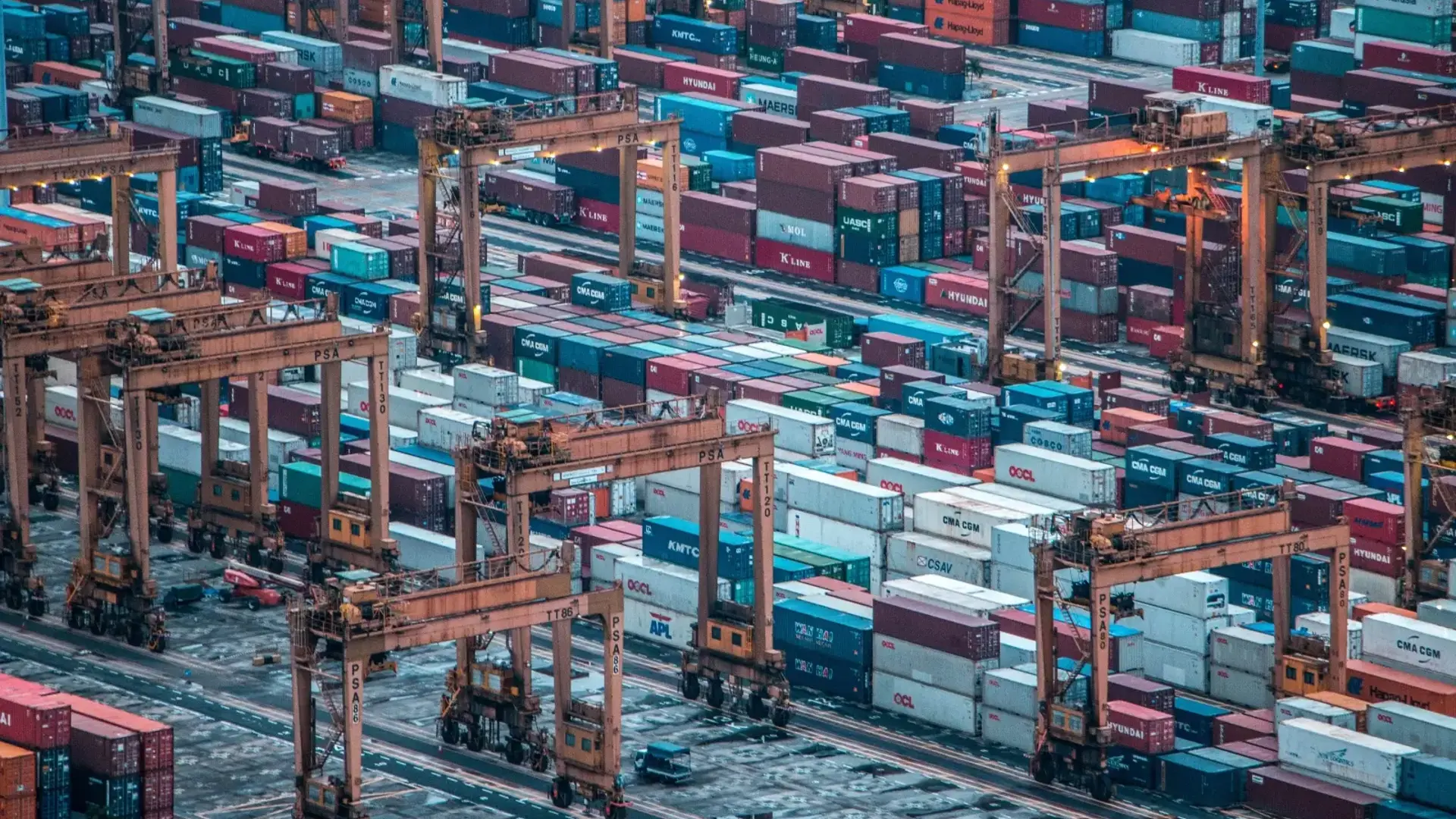Before EDI, all container control movements were manually keyed - creating a labour intensive data entry job - especially when tracking a stock of thousands of containers.
We have been early adopters of EDI, from the first proprietary messages to the now standard EDIFACT formats. We have continued to evolve the processing and exception management of EDI messaging, starting with primary tracking and improving user visibility. This development has also seen EDI become more accessible - moving from the realm of the I.T. team to frontline staff.
We have developed a shipping specific IT system, designed to incorporate EDI and processing 10,000 container movements a week. From the labour intensive days of manual entries - 98% of the total movements now happen electronically. This efficiency frees up staff for proactive management functions - leaving the data processing to the smart technology and the important decision making to the humans.
Leave data processing to the smart technology and important decision making to the humans
EDI has become more widely adopted industry-wide, and most companies can now receive EDI messages. While most will use these messages to update their container tracking, we aim to maximise the data to create efficiencies in the workflow. We leverage the container tracking information to update other integrated areas, so they are all working together e.g. a container gate-out movement updates the customer service staff that all the containers have been released on the booking.
To achieve this high level of automation there are a few challenges involved, that once overcome, can give your business an edge above the rest:
1. Everyone’s in the same boat
The first challenge is to ensure that all the partners of the end-to-end supply chain can provide EDI messaging. Within Australian and New Zealand most, but not all container depots and terminals provide electronic messaging - it’s important that every single partner has this capability to make it work.
2. Having a good translator
The second challenge is having a flexible and robust EDI product for managing the receiving and sending of the EDI messages. The product also needs to provide mapping and translation from the EDI message formats into messages for the business system. Our system uses Crossfire EDI to provide this functionality.
3. A safe pair of hands
The final challenge is to provide the validation and sequential control of the movements, that would normally occur when movements are manually entered and vetted by staff.
Within our cloud-based system, these errors and exceptions are shown on the user's dashboard allowing them to amend or validate the errors. Once an error has been fixed for a container, subsequent moves in errors for the same container are automatically retried to see if they have now been fixed too.
Validation is important as it provides accuracy and completeness, providing:
- No gaps in the supply chain - the whole journey is tracked
- End-to-end visibility - tracking the movements of the containers and shipments
- Approval and reconciliation of depot invoices - from accurate container history
- Checking that depots are releasing the right equipment types for the shipments
- Checking of containers received at the terminals with the correct shipment details
- Analysis of container turnaround times - assessment of container stock requirements
These capabilities save time and enable robust insights to make strategic business planning decisions e.g. resource planning - how many containers to have in different ports and associated stock levels, reducing unnecessary cost.
These electronic container movements are being processed 24 hours a day, 7 days a week - that’s the beauty of technology that never sleeps.
Real-time visibility across the business
We aim to have a view of a complete supply chain with no gaps.
As well as updating container control, these movements update events and workflow in other integrated areas of the system, so that all staff have an up-to-date picture of what the business is up to.
Conclusion
We have come a long way from the days of laborious manual data entry.
Our customisable shipping system has been developed to solve existing business challenges. Typically organisations have separate teams who manage different aspects of the business using different systems. Our system opens up the communication and enables visibility across the teams. It makes the most of EDI, API’s and technology in the shipping industry and through smart design creates a number of efficiencies in a company’s workflow. Together these efficiencies make a spectacular difference to the organisation's overall performance.
The Sandfield system allows companies to track containers end-to-end, with greater ease and efficiency, freeing up staff for proactive management functions. When you have smarter systems, it allows tasks to be done once and done right, across the entire organisation.
If you’d like to discuss how our shipping IT services could help make your daily work tasks easier, then please get in touch.







